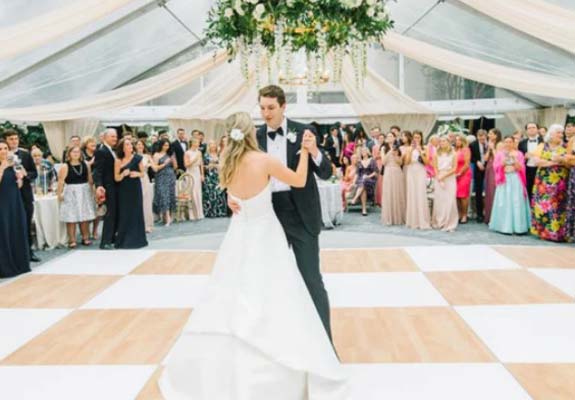A Life-changing Strength in Luminance at Improving Movement Floor Visuals
A Life-changing Strength in Luminance at Improving Movement Floor Visuals
Blog Article
Lighting plays a crucial role in shaping the ambiance of a dancing area. It can change a basic space into an thrilling setting that enhances the total encounter for dancers and spectators alike. The appropriate lighting can influence the feeling, energy, and even the form of the performance being performed. By using multiple types of lighting, such as spotlights, colored illumination, and flashing lights, event organizers can create a lively setting that engages the spectators and promotes involvement.
One of the main functions of lighting on a dancing area is to showcase the performers. Focused lights can be used to focus attention on solo dancers or teams, making them the focal point of attention. This method not only displays their actions but also adds a layer of drama to the performance. When dancers are illuminated effectively, their expressions and skills become more visible, allowing the audience to value their abilities. This targeted lighting can also help to establish a narrative, leading the audience through the performance.
In addition to highlighting performers, colored lights can significantly impact the mood of the dance floor. Different colors elicit varied feelings; for instance, warm colors like crimson and amber can generate a sense of enthusiasm and vitality, while cooler colors like azure and emerald can encourage tranquility and ease. By thoughtfully using colored illumination, event planners can control look at this website the environment to align with the concept of the occasion or the type of the dance. This thoughtful approach to lighting design can enhance the overall experience for everyone involved.
Strobe lights and other dynamic lighting features can also add thrill to a dancing area. These features can create a sense of rhythm and movement that complements the music being played. When synchronized with the rhythm, flashing lights can make the dancing area feel vibrant, inviting dancers to move in time with the flashing lights. This interaction between light and music can boost the vitality of the occasion, making it more pleasurable for both dancers and audience. The use of such effects requires careful planning to ensure they enhance rather than distract from the show.
Ultimately, the complete setup of the lighting setup is essential for creating a unified look on the dancing area. A well-thought-out lighting plan considers the layout of the space, the type of performance being executed, and the spectators' experience. By integrating different lighting techniques, such as ambient lighting, accent lighting, and special effects, organizers can design a visually impressive setting. This focus to detail not only enhances the show but also creates a memorable impression on the audience, making the occasion unforgettable. In conclusion, the transformative influence of lighting is essential in enhancing dancing area aesthetics, establishing an captivating and enjoyable experience for everyone.